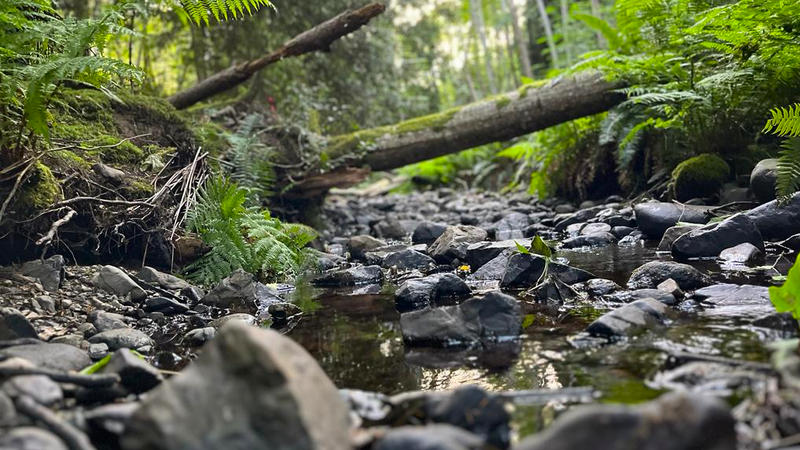
Drought-like conditions in Nanaimo region waterways providing ‘context for the summer ahead’
NANAIMO — While the situation is by no means dire, groundwater supply in many areas of the mid Island area aren’t exactly flush, and it’s only late June.
Regional District of Nanaimo (RDN) data showed of 19 monitored aquifers between April and June, seven are performing below average, with most of the challenged water sources in the Qualicum Beach/Deep Bay area.
Six aquifers showed an average performance, while six were above average, according to the pre-summer groundwater level analysis.
Multiple communities across the mid-Island rely on groundwater for their water supply, including Parksville, Qualicum Beach, Bowser, Horne Lake, Cedar, and the Snaw-naw-as and Stz’uminus First Nations.


